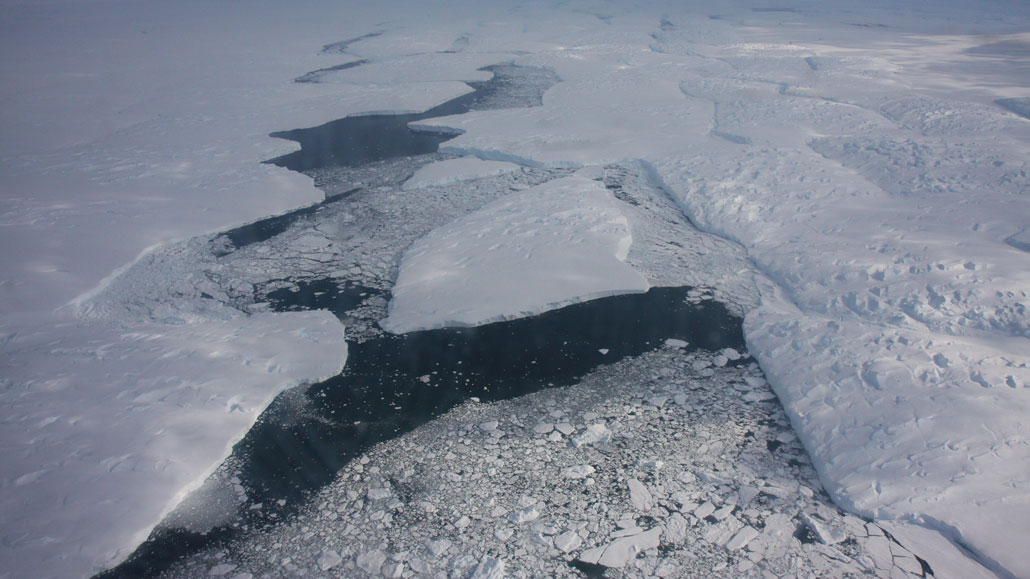Questions for ‘Can engineering save Antarctica’s most vulnerable glacier?’

Thwaites Glacier in West Antarctica loses 80 cubic kilometers (about 20 cubic miles) of ice each year through melting and shedding of icebergs. Thwaites is a prime target of proposed engineering projects that might slow the flow and melting of glaciers.
D. Fox
To accompany ‘Can engineering save Antarctica’s most vulnerable glacier?’
SCIENCE
Before Reading:
- What is a glacier? Describe two types of locations where you might find glaciers. How does the Earth’s warming climate affect glaciers? In turn, how does this effect on glaciers change sea level?
- How important is it to address the problem of climate change? Do you see climate change as a simple problem, a complex one or something in between? Explain your answer.
During Reading:
- What does it mean for a glacier to “calve”?
- Where is Thwaites Glacier? Summarize how its rate of ice loss has changed since the 1990s. How do scientists expect this rate to change moving into the future?
- What observation about glaciers on the West Antarctica coastline caused scientists to take note of the Kamb Ice Stream?
- What change did scientists speculate caused this difference between the Kamb Ice Stream and other glaciers in the region? Based on this theory, what solution did Slawek Tulaczyk propose?
- What is Kim Stanley Robinson’s profession? What role did he play in helping Tulaczyk’s idea gain interest?
- Briefly describe Brent Minchew’s idea for how to slow glacier flow. In what way is it similar to Tulaczyk’s? In what way is it different?
- What is a thermosiphon? What is one place thermosiphons are already used?
- What process does Michael Wolovick hope to disrupt by building a seafloor barrier in front of the Thwaites Glacier?
- What potential problem did Bowie Keefer anticipate regarding the plan to build a seafloor barrier?
- What solution did Keefer propose? What hobby inspired this solution?
- Some experts warn that glacial engineering might bring unintended negative side effects despite many potential benefits. Identify one possible negative side effect.
After Reading:
- Give an example from this story of real-world science that inspires works of fiction. In this story, real-world science aids in the creation of fiction. But to what extent might this benefit work in reverse? In other words, how might science fiction help real-world science? What does this suggest about the importance of fiction in bringing about positive change and solutions in the real world?
- Think about the relationship between water density and salinity. What effect does increasing salinity have on water density? Besides salinity, what is another factor that affects water density? Now imagine a body of water consists of three water layers with different densities. Which layer would consist of the densest water? Illustrate your answer with a sketch that shows the three layers and label the densest layer. Such layers can affect ocean currents. Point to one example from this story showing the connection between water density and ocean currents.
- The glacial engineering projects described in this story have spurred a lot of controversy and disagreement, even among experienced and respected researchers in the field. Based on your reading, to what extent do you think that glacial engineering is worth exploring to try to preserve glaciers? Support your answer with at least two pieces of evidence from the story.